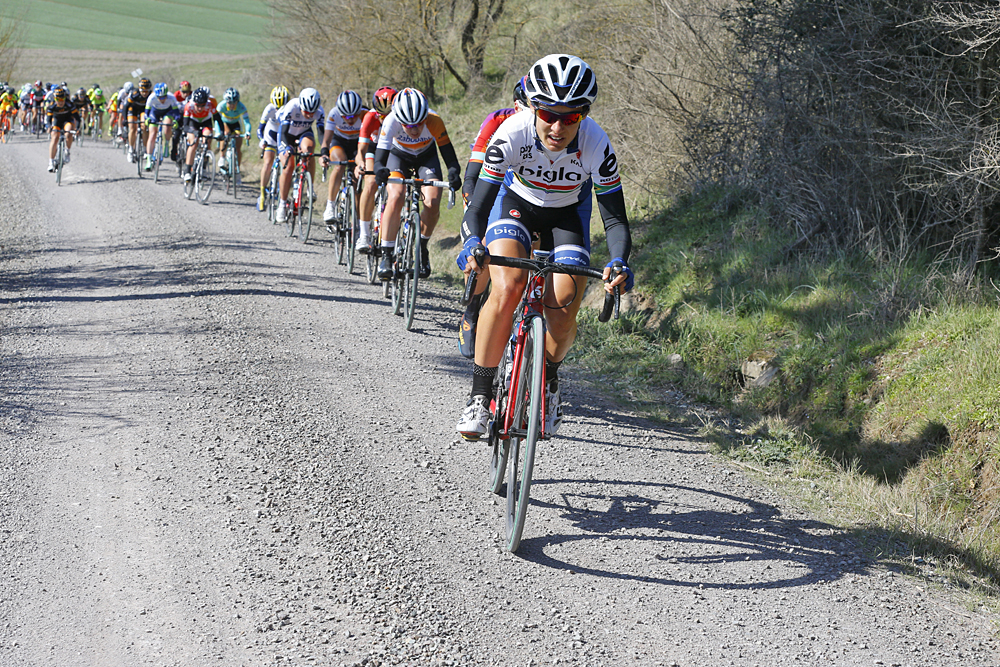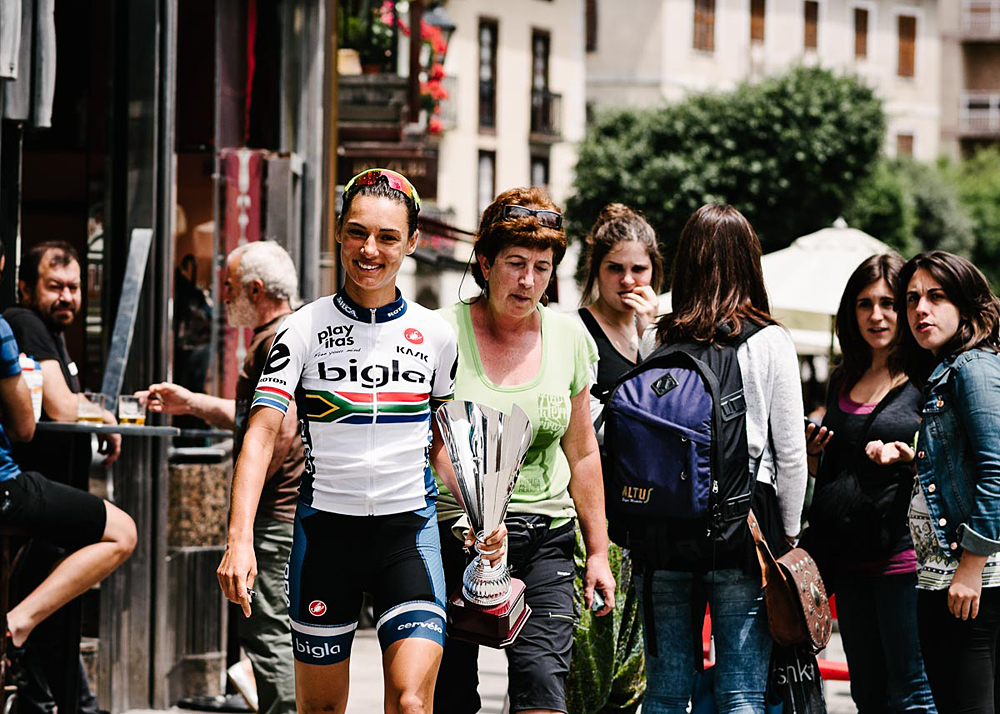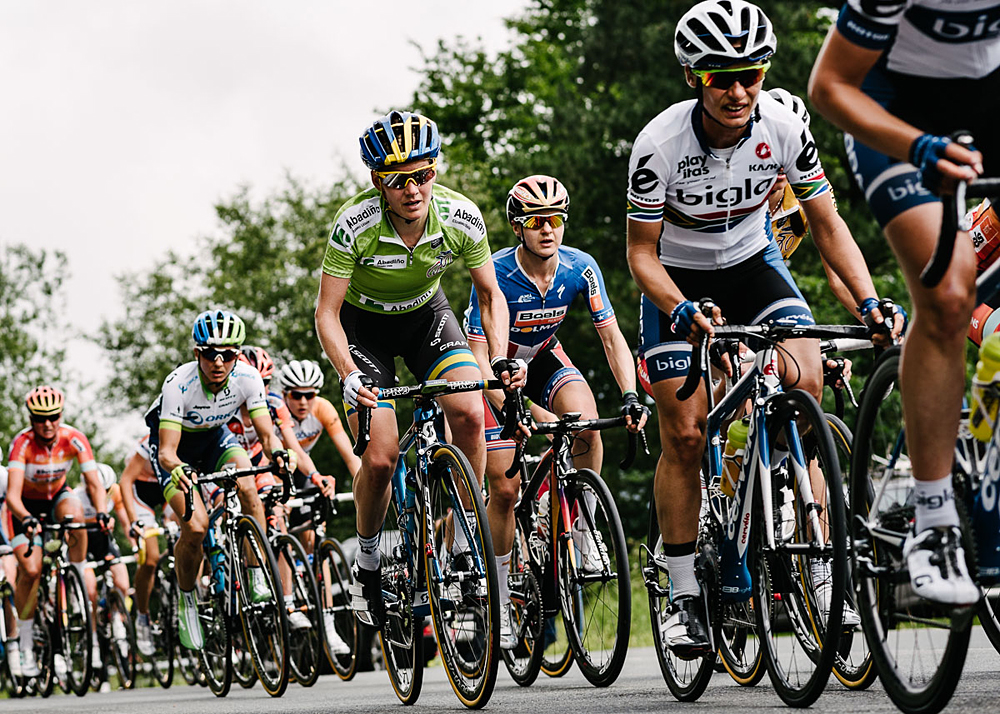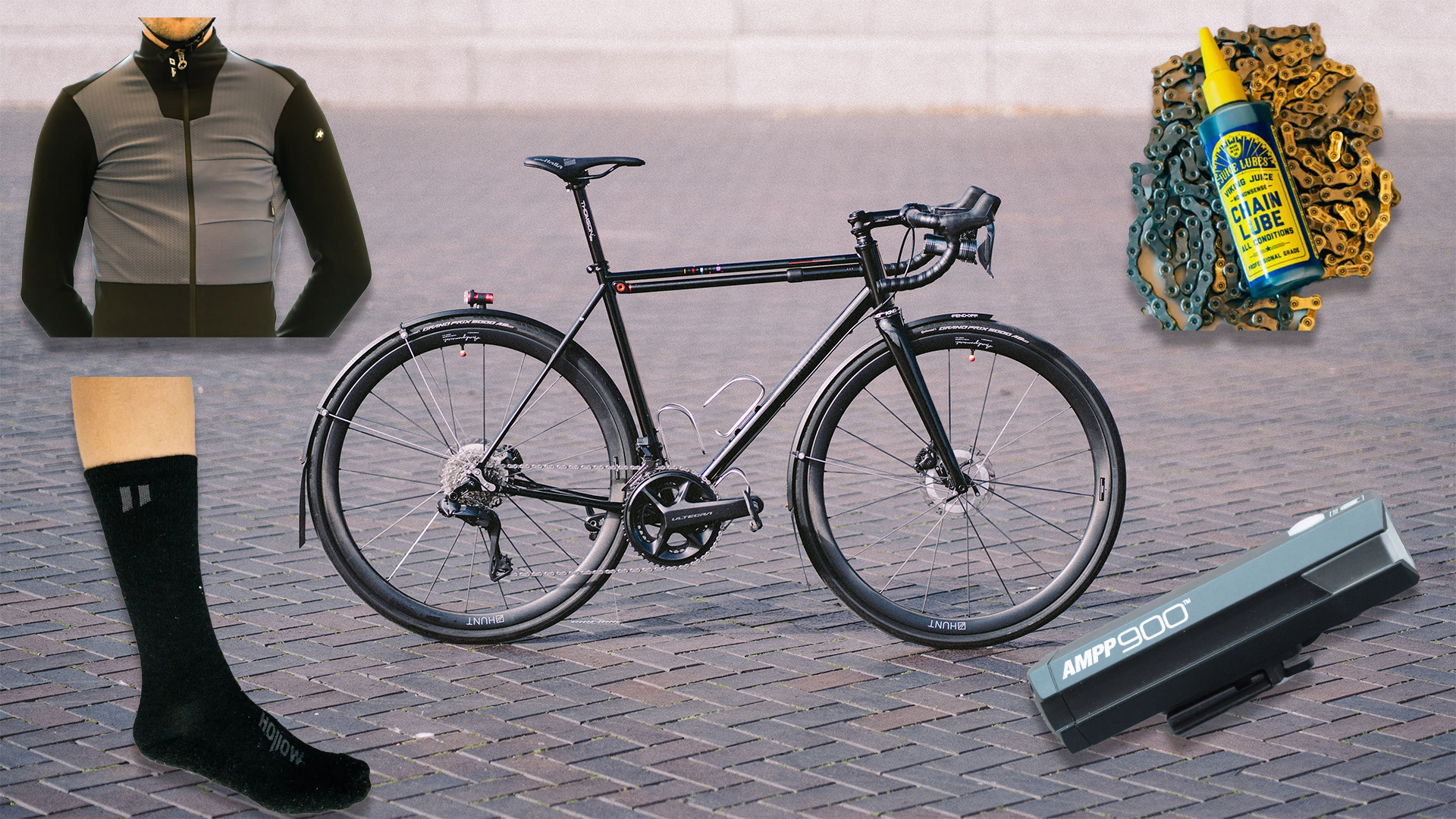Moolman-Pasio, Bronzini among those disqualified in first test of level crossing rule
First Women's WorldTour event sees 15 booted from Strade Bianche for rule violation




The UCI's reinforced rules intended to discourage riders from advancing over a level crossing ahead of an incoming train were put to the test in the Women's Strade Bianche today. Fifteen riders were disqualified for violating the level-crossing rule, including last year's fourth place finisher Ashleigh Moolman-Pasio (Cervelo-Bigla).
The riders were part of a chasing group with the leading group within sight when the train booms sounded and the level-crossing gates began to lower.
“I saw two or three riders, one of which was Giorgia [Bronzini], slip under just as the gates were starting to come down,” Moolman-Paiso (Cervelo-Bigla) told Cyclingnews. “I followed suit and so did the others. So – yes, I did it. We did it. We went under the gates as they were closing.”
A protagonist in last year’s Strade-Bianche, Moolman-Paiso was a team leader for Cervelo-Bigla on Saturday. Moolman-Paiso had crashed during a decisive moment of the race. Sitting in second wheel, she was following a rider that was taking excessive risks through corners. “I was forced into the loose gravel, and I crashed,” Moolman-Paiso explained. “My rear derailleur was broken, and I had to wait for a spare bike.”
Several teammates dropped back so that they could pace her back to the reduced bunch. “We chased, and we chased, and we picked up riders along the way,” said Moolman-Paiso. “Eventually there was a little group of us all chasing together. We got to a point where the peloton was literally 100 metres in front of us. There were only two cars between us and the bunch.”
“That’s when we reached the train crossing and the gates began to come down.”
Shortly after the group had crossed the train tracks, a moto official rode next to the group and ordered them to stop.
The latest race content, interviews, features, reviews and expert buying guides, direct to your inbox!
“We were like: ‘What do you mean stop?’ and they repeated that we needed to stop,” Moolman-Paiso said. “We asked if they were stopping the others and they said no, but they continued to insist we stop.”
“We slowed down and stayed behind the motorbikes, but we kept riding,” Moolman-Paiso continued. “Giorgia and I were the main people questioning the whole situation. There were a few other riders, too. We were saying: ‘Seriously? It completely impacts our race'. If we stop and the others don’t stop, they unfairly have an advantage.”
The South African radioed for her race director Thomas Campana. He moved up to the group in an attempt to assist and better understand the situation.
“At first he said he would take care of it,” Moolman-Paiso said. “Then he came up to me and explained: ‘New rule.’ And that was that.”
Moolman-Paiso was unaware of the rule changes instituted by the UCI in the wake of an incident at Paris-Roubaix last year in which the front end of the main bunch barrelled across the train tracks as the gates began to close. Riders continued to cross even after the barriers had closed completely. Race officials did not disqualify the group at that time, but they neutralised the front end of the peloton that had made it through before the train in order to allow those that did not to catch back up once the train had passed. The UCI revised rule 2.3.035 following the incident.
“The initial rule said that if the booms are down, you’re not allowed to cross,” said Moolman-Paiso. “I think a large group went under the booms at Paris-Roubaix and they didn’t disqualify them. The argument at the time was that the rule was open to interpretation. Does ‘when they’re down’ mean completely down?”
“They have revised the rules since,” Moolman-Paiso explained. “It’s still quite vague to be honest. I know that we’re not meant to cross if the booms are coming down, but it’s still unclear how they would have handled the situation. We were almost joining the group, were we part of it or not?”
Amid all the confusion and conversation, the chase group had been slowed to the point that there would be no catching back to the front group even if the officials had allowed it. Bronzini led the group back to Siena.
“We rode our own way to the finish,” Moolman-Paiso said. “We were warned not to cross the finish line or we would be fined, so we didn’t cross the finish line.”
Moolman-Paiso is left to lament what could have been.
“Of course it’s disappointing,” Moolman-Paiso said. “I had good legs. I was racing a really good race up until that point. A crash, a puncture – you expect that as part of cycling. But a train crossing? I do feel that’s a bit unfair.”
“As a racer who was going for the podium and who had done all the hard work to chase back – and it was a really long chase because I had waited for bike – so I had done all the hard work, and I’m meant to stop and lose contact again? It wasn’t even dangerous. I couldn’t hear a train.”
“Obviously if it were to ever happen again, I know to stop,” Moolman-Paiso added. "But I think the rule needs to be reconsidered and revised further to make it completely clear what would happen in that situation. I don’t think it’s right that an incident like that, which is completely out of our control, impacts the race. There are already enough variables. How can this be one more?”
